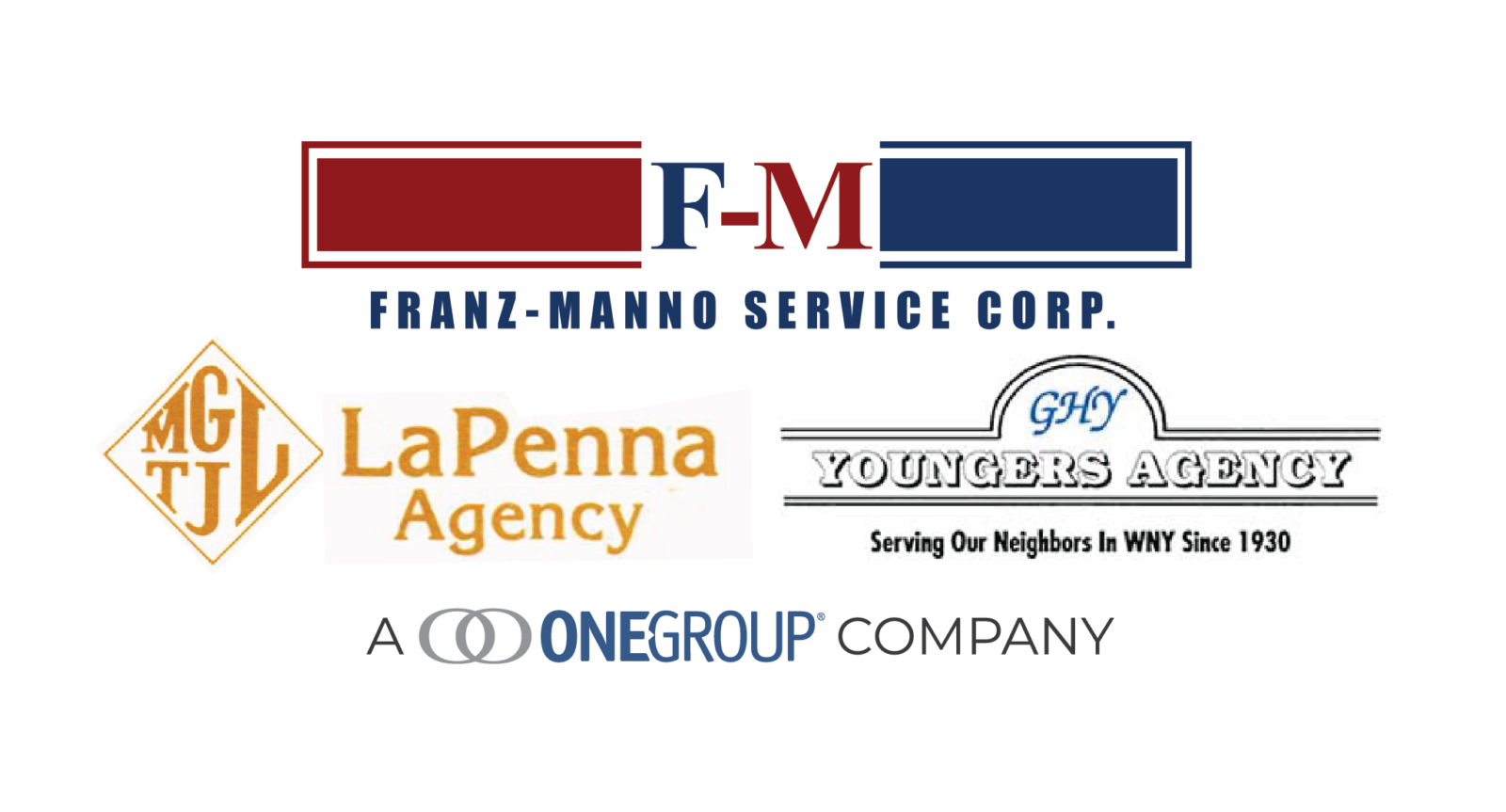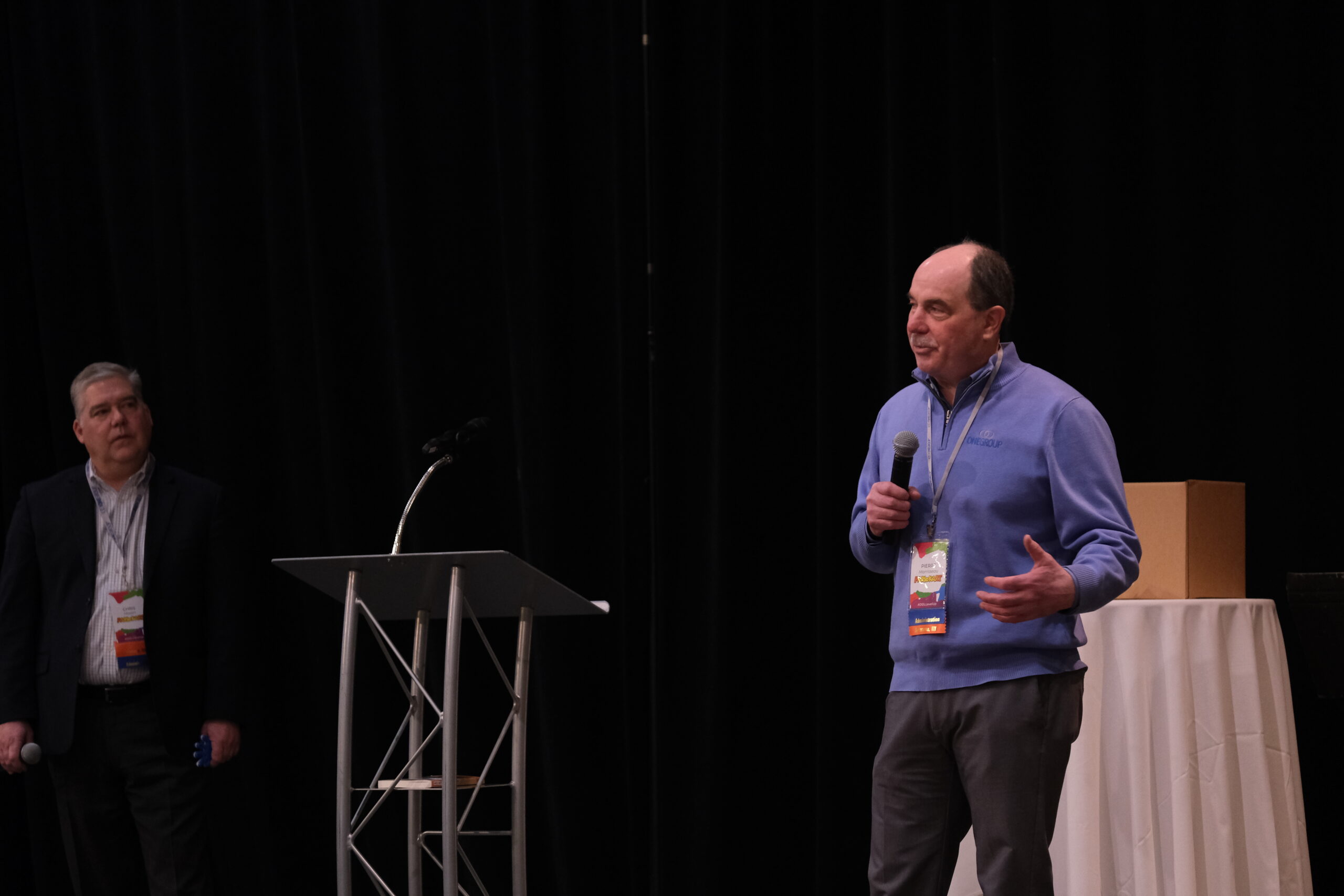
What rates are change and how to manage reimbursements.
As of January 1, 2025, the standard mileage rates for the use of a car (also vans, pickups or panel trucks) are:
- 14 cents per mile driven in service of charitable organizations; the rate is set by statute and remains unchanged from 2024.
- 70 cents per mile driven for business use, up 3 cents from 2024.
- 21 cents per mile driven for medical purposes or moving purposes for qualified active-duty members of the Armed Forces, the same amount as in 2024.
These rates apply to electric and hybrid-electric automobiles, as well as gasoline and diesel-powered vehicles. The IRS provides additional info here.
The IRS says the standard mileage rate for business use is based on an annual study of the fixed and variable costs of operating an automobile. The rate for medical and moving purposes is based on the variable costs.
Employees, those who are self-employed and others use the IRS rates to calculate tax-deductible expenses, such as operating a vehicle for business, charitable work or medical purposes, or moving. The rate is also used by the federal government and many businesses to reimburse employees for work-related mileage when they use their personal vehicles.
How to manage employees’ mileage reimbursements
Employers may set a mileage reimbursement rate that is more or less than the IRS rate, but many businesses opt to use the rate the IRS sets.
Whichever you choose, consider how state and local laws may impact your compliance obligations concerning employee reimbursements. Nearly a dozen states, plus the District of Columbia, have laws governing employee expense reimbursements:
- California
- Illinois
- Iowa
- Massachusetts
- Minnesota
- Montana
- New Hampshire
- New York
- North Dakota
- South Dakota
- Washington
Local wage theft laws could apply, too. For example, in Seattle, business expenses are included in employee compensation.
And if you have a written policy on employee expense reimbursements, you could be legally bound to follow that policy. In other words, if you stray from your policy, you could face legal liability.
As a best practice, take time to:
- Review your policy and make sure it explains the types of activities that generally are eligible for reimbursement. For instance, normal commuting time is not generally eligible for mileage reimbursement. But an employee running a special errand for work using their own vehicle would be.
- Educate your employees about your policy on mileage reimbursements. Make sure they understand how reimbursements are calculated, the process for requesting a reimbursement, and the timing and method of payment.
- Encourage employees to use a mileage-tracking application. This will make it easier to log miles.
- Invest in software that automates expense tracking and calculates mileage reimbursements based on a rate you set. This could save you and your employees the headache of manually tracking mileage.
- Decide whether a fixed and variable rate plan or a flat vehicle allowance is right for your business.
Whichever reimbursement method you choose, make sure you do your homework on applicable state and local laws.
Need more information?
For support on this topic contact OneGroup HR Consulting at HR Consulting at hrconsulting@onegroup.com. They can provide best practices on reassignment, including planning, training, communication, and compliance.
This content is for informational purposes only and not for the purpose of providing professional, financial, medical or legal advice. You should contact your licensed professional to obtain advice with respect to any particular issue or problem. Please refer to your policy contract for any specific information or questions on applicability of coverage.
Please note coverage can not be bound or a claim reported without written acknowledgment from a OneGroup Representative.
Written content in blog post: Copyright © 2025 Applied Systems, Inc. All rights reserved.














